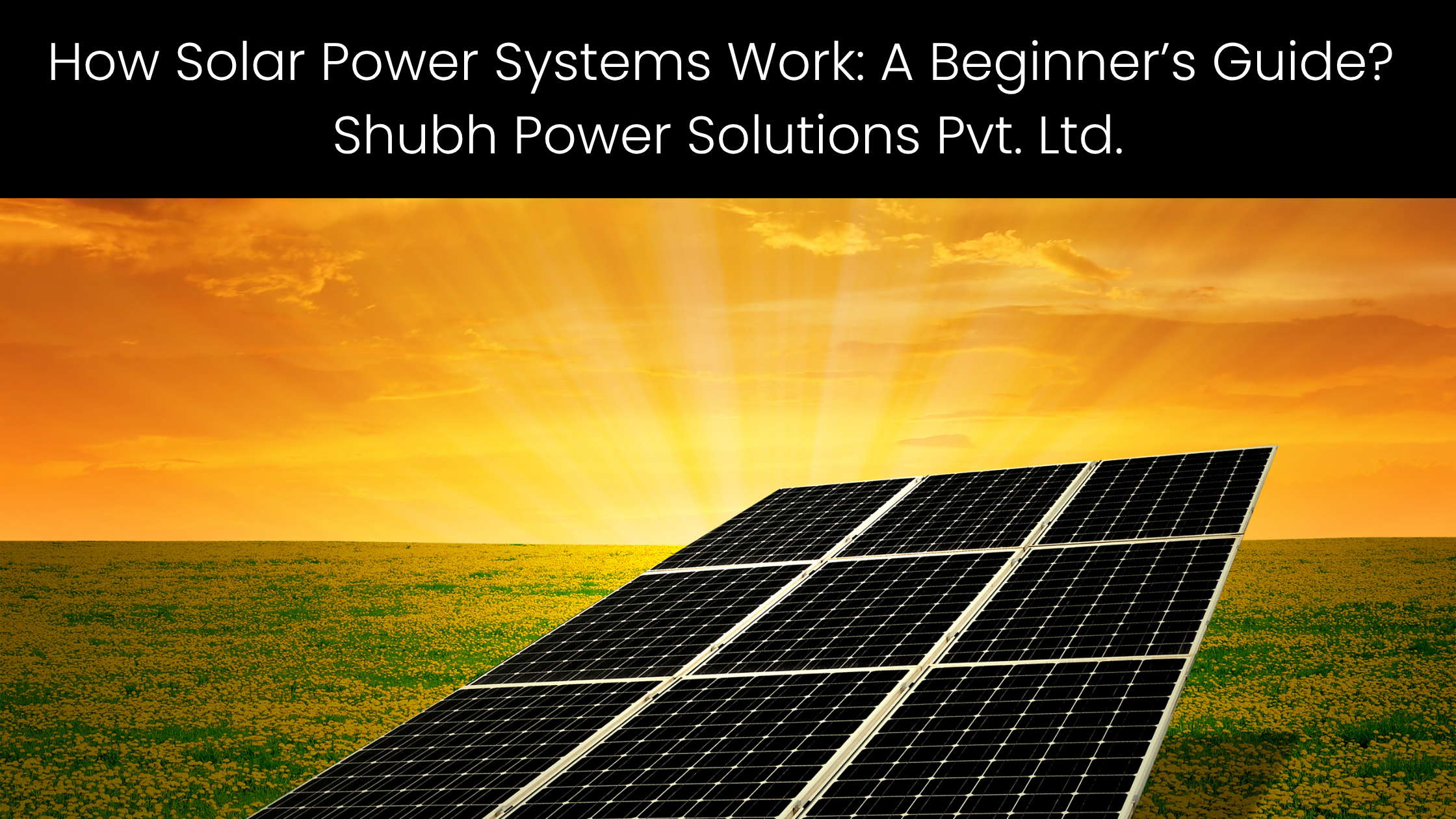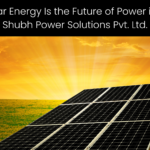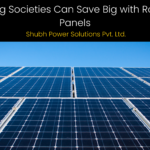🌞 How Solar Power Systems Work: A Beginner’s Guide
Are you curious about how solar panels on rooftops turn sunlight into electricity? You’re not alone! With rising electricity costs and growing environmental awareness, more people in India are turning to solar power. But before switching to solar, it’s important to understand how the system actually works.
In this beginner-friendly blog by Shubh Power Solutions Pvt. Ltd, we break down the solar power process step-by-step so you can feel confident about making the switch.
🔋 What is a Solar Power System?
A solar power system is a setup that captures sunlight and converts it into electricity using photovoltaic (PV) technology. It’s clean, renewable, and once installed—almost free to use.
⚙️ Main Components of a Solar Power System
To understand how it works, let’s look at the key components:
1. Solar Panels (PV Modules)
These are the most visible part of the system. Made of silicon cells, solar panels absorb sunlight and convert it into direct current (DC) electricity.
2. Inverter
The inverter plays a crucial role. It converts DC electricity into alternating current (AC), which is used by most household and commercial appliances in India.
3. Mounting Structure
This holds the panels at the correct angle and direction to capture maximum sunlight.
4. Batteries (Optional)
In off-grid systems or hybrid systems, batteries store extra energy for use during the night or power cuts.
5. Solar Charge Controller
This device regulates the voltage and current coming from the panels to the battery, protecting the battery from overcharging or discharging.
6. Net Meter
For on-grid systems, the net meter tracks the energy sent to and received from the grid, helping you benefit from net metering.
🌅 How Does It All Work?
Let’s break it down step by step:
-
☀️ Sunlight Hits the Panels: During daylight hours, the solar panels absorb sunlight and generate DC electricity.
-
⚡ Inverter Converts Power: The inverter changes the DC into usable AC electricity.
-
🏡 Electricity Powers Your Home: The AC electricity is used to run fans, lights, appliances, and other electronics.
-
🔁 Excess Power Goes to the Grid or Batteries: If you’re generating more than you use, the power either goes to your battery system or is exported to the grid (in an on-grid system).
-
💸 You Save on Your Electricity Bill: With net metering, you get credited for the extra electricity you produce—reducing your monthly bill.
🏠 Types of Solar Power Systems
There are three major types:
-
On-Grid System: Connected to the electricity grid, ideal for homes and businesses in urban areas.
-
Off-Grid System: Independent from the grid, best for remote areas.
-
Hybrid System: Combines both grid connection and battery backup for maximum flexibility.
✅ Why Choose Solar Power?
-
🌍 Clean, renewable energy
-
💰 Big savings on electricity bills
-
🔌 Low maintenance and long lifespan
-
📈 Increase in property value
-
🇮🇳 Government subsidies available in India
🚀 Shubh Power Makes It Simple
At Shubh Power Solutions Pvt. Ltd, we make the switch to solar easy and hassle-free. Our process includes:
-
Free Consultation
-
On-Site Inspection
-
Customized System Design
-
Professional Installation
-
Post-Installation Support
Whether it’s a residential rooftop or a commercial solar EPC project, we deliver powerful, reliable, and affordable solar energy solutions.
🔚 Final Thoughts
Now that you know how solar power systems work, it’s time to consider making the switch! The sun isn’t going away anytime soon—why not use it to power your home or business?
Let Shubh Power Solutions Pvt. Ltd help you take the first step towards a cleaner, greener future. 🌞








Leave a comment